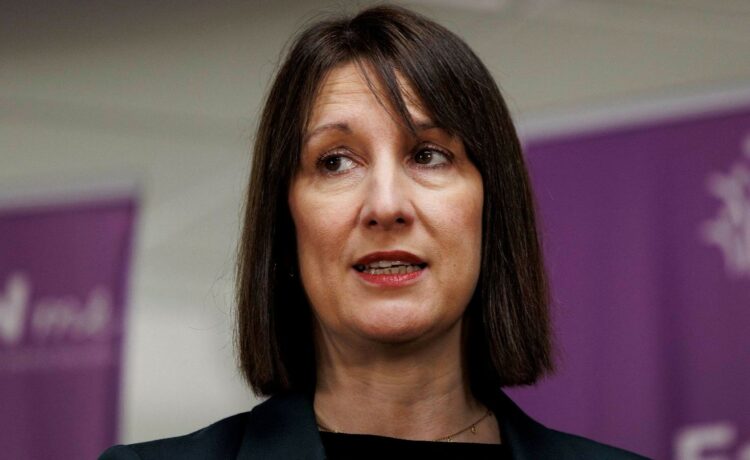It hasn’t been an easy ride over the past six months for chancellor Rachel Reeves. Ever since she stepped through the door of Number 11, Reeves has faced a barrage of media attention on what she is going to do to stimulate growth in the UK economy.
There is no doubt the Labour government sees the answer to their growth prayers coming, at least in part, from pension investment – a school of thought kick-started by the last government.
In her inaugural Mansion House speech in November, Reeves outlined her vision of corralling pension schemes to invest in UK productive assets, aping major Canadian and Australian pension schemes.
The first step in Labour’s plans is tapping into the £80bn of assets in workplace defined contribution schemes and local government pension schemes. To do this, Reeves says big is best. The government launched two consultations in November both aiming to drive consolidation in these types of pension schemes to create UK mega-funds and forever change the UK pensions landscape.
Bigger is better?
Her plans for the local government scheme are to move from 86 local government schemes down to a single one, or a few, and thereby benefiting from economies of scale and aligning each scheme’s investment strategy.
For DC workplace schemes, the government has just closed a consultation on introducing a maximum number of defaults for multi-employer DC schemes, as well as whether these schemes should operate at a minimum size.
These proposals are being billed as the first step in a pensions revolution. However, despite Reeves’ laser beam focus on size of scheme, there are widespread industry doubts whether that is the right approach.
The size of a pension scheme is no doubt important for many varied reasons, but achieving a certain scale does not necessarily drive different behaviour by the employer, the adviser or the scheme, and will not necessarily lead to the different investment choices Reeves is looking for. Nor is size necessarily an indicator of a good home for members’ pensions plans.
It’s imperative we don’t forget about the pension saver at the heart of this revolution.
Instead, whether a scheme offers good value is not dependent on how big it is, but on a multitude of other factors that could lead to good outcomes for pension scheme members.
And even if the scheme decided to adopt the strategy of productive investment there remains the question whether there are enough big UK projects to invest in. As well as instilling the desire, DC schemes need to also have the means to invest.
However, whether the government stops and listens to industry doubts is another matter. It may just prefer the simple mantra that big is good.
What worries me most is the pension scheme member and their plans to save for their long-term future.
It’s imperative we don’t forget about the pension saver at the heart of this revolution. Conflating a government goal of driving investment in the UK and people’s retirement outcomes brings a danger because the risks are all taken with members’ money.
If it goes well, everyone can celebrate. But it is clearly possible that it could go the other way, so there needs to be some caution in this push to use other people’s money to drive economic growth.
Rachel Vahey is head of public policy at AJ Bell


